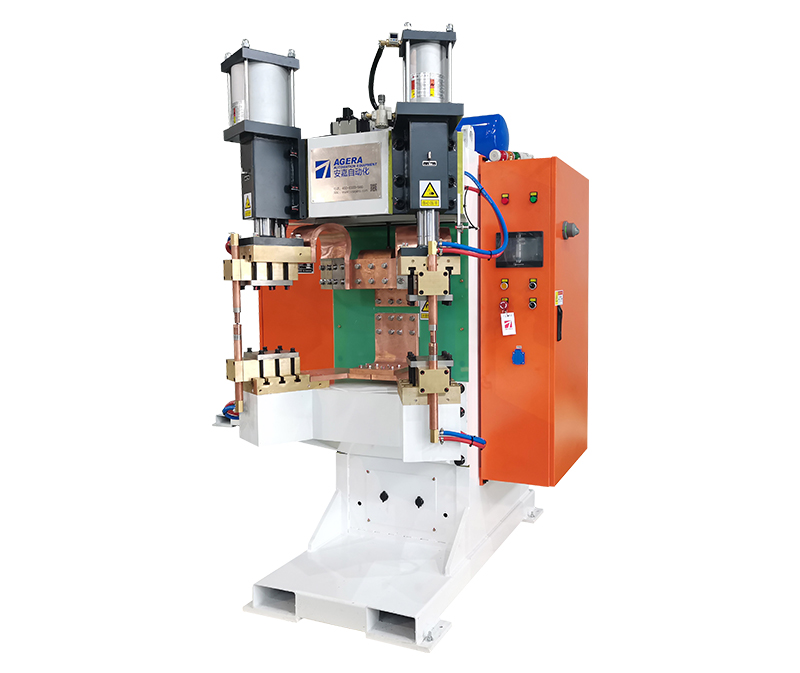In the world of manufacturing and assembly, precision and reliability are paramount. This quest for perfection has led to the development of various welding techniques, one of which is spot welding. However, the application of spot welding isn’t always straightforward, especially when it comes to fastening nuts in place. The question that often arises in this context is: Does a nut spot welding machine require secondary welding current?
Before delving into this question, it’s important to understand the basic principles of spot welding and the specific challenges posed by attaching nuts to metal surfaces. Spot welding involves the use of electrical resistance to join two pieces of metal together at a single point. The process relies on a brief and intense current passing through the metal, causing it to melt and fuse.
When it comes to attaching nuts to metal, spot welding is commonly employed to create a secure connection. However, this method can sometimes result in an incomplete weld, potentially leading to issues like loosening or improper fastening of the nut. In such cases, a secondary welding current may be necessary.
The secondary welding current, also known as a post-welding current, is applied after the initial spot weld. It serves to further heat and fuse the area around the nut, ensuring a strong and reliable bond. This additional step is particularly useful when dealing with materials that are resistant to spot welding, or when the nut and base material have significant differences in melting points.
In practical terms, the need for a secondary welding current depends on various factors, including the materials being joined, the thickness of the metal, and the required strength of the connection. While some applications may require only a single spot weld, others may benefit from the added assurance of a secondary welding current.
To determine whether a secondary welding current is necessary for your nut spot welding application, it’s crucial to consider the specific requirements of your project and the materials involved. Consulting with welding experts and conducting thorough tests can help you make an informed decision.
In conclusion, the use of a secondary welding current in nut spot welding depends on the specific circumstances. While spot welding can create a strong connection, certain applications may benefit from the added security and strength that a secondary welding current provides. To achieve the highest level of precision and reliability in your welding projects, always consider the unique demands of your materials and the desired outcome.
Post time: Oct-25-2023



